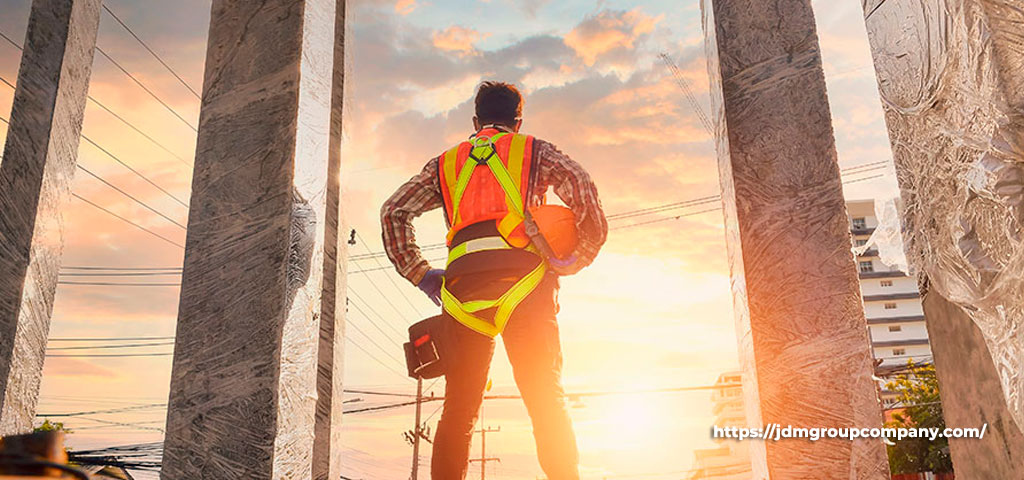Construction in the US in 2024: Trends, Challenges, and Opportunities

Urbanization in Architecture 2024: Trends and Challenges
April 23, 2024
Ethics and Responsibility in Civil Engineering: A Fundamental Pillar for Sustainable Development
June 7, 2024
Categories
The US construction industry is at a crossroads in 2024. Following a period of steady growth, the industry faces new challenges and opportunities that require it to adapt and innovate to remain an economic driver.
Key Trends:
- Rise of green construction: Environmental awareness is driving demand for sustainable and energy-efficient buildings. Construction with LEED certification and similar standards is expected to experience significant growth in the coming years.
- Urbanization and urban revitalization: The growth of cities is driving the construction of new residential, commercial, and mixed-use buildings. Urban revitalization is also on the rise, creating opportunities for renovation and rehabilitation projects.
- Technology adoption: The construction industry is increasingly adopting new technologies to improve efficiency, productivity, and safety. 3D printing, robotics, and artificial intelligence are some examples of technologies that are transforming the sector.
- Labor shortage: The construction industry faces a shortage of skilled labor, which is driving up labor costs and making it difficult to execute projects. New strategies are needed to attract and retain talent.
- Rising material costs: Construction material prices have increased significantly in recent years, putting pressure on profit margins for construction companies. This trend is expected to continue in 2024.
Challenges:
- Economic uncertainty: Inflation, rising interest rates, and a possible economic recession are some of the challenges facing the construction industry in 2024. These factors could impact demand for new projects and the profitability of companies.
- Disrupted supply chain: The COVID-19 pandemic has caused disruptions to the global supply chain, making it difficult to access construction materials and driving up costs. These disruptions could persist in 2024.
- Environmental regulations: Increasingly stringent environmental regulations are driving up construction costs and requiring companies to adopt more sustainable practices. Complying with these regulations can be challenging for some companies.
Opportunities:
- Infrastructure investment: The US government is expected to invest significantly in infrastructure in 2024, creating opportunities for road, bridge, public transportation, and other infrastructure projects.
- Renovation and rehabilitation: The need to renovate and rehabilitate existing buildings presents a significant opportunity for the construction industry.
- Technology: The adoption of new technologies can help the construction industry improve efficiency, productivity, and safety, which can reduce costs and increase profit margins.
- Global market: US construction companies have the opportunity to expand into new international markets, where there is a growing demand for high-quality construction projects.
In conclusion:
The US construction industry is at a turning point in 2024. The industry faces challenges such as economic uncertainty, labor shortages, and rising costs, but it also presents significant opportunities, such as infrastructure investment, renovation and rehabilitation of buildings, technology adoption, and expansion into global markets. Construction companies that can adapt to these changes and seize the opportunities that arise will be well-positioned for success in 2024 and beyond.



